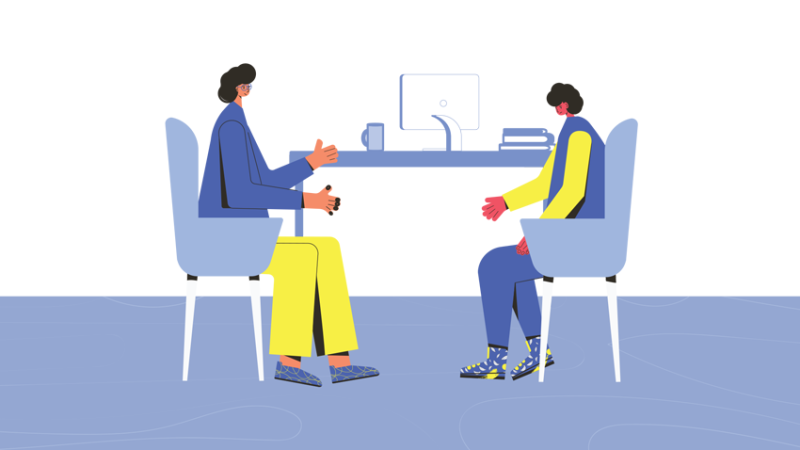SEND and school trips – 10 ways to ensure your residentials accessible to all

With a little extra planning, you can ensure that students with SEND can enjoy the full benefits of your group’s away days, explains Juno Hollyhock…
School trips can be great fun but, as with anything, preparation is key. If you don’t understand fully what your students will be accessing (and how), or anticipate potential issues, then you won’t be ready should problems arise, and things may go wrong quickly.
Of course, preparation is even more important if you are taking pupils with special educational needs or disabilities.
Doing so is hugely rewarding, but there are a few more things you need to think about to ensure both your students’ wellbeing and that all are able to engage fully with the experience.
So, here are 10 points to bear in mind as you’re planning your next excursion…
1 | Understand your group
Before you start browsing school trip ideas you need to know what challenges you may face – simply going to a school trip provider and asking, “How do you cater for children with SEND?” will almost certainly not give you all of the information that you need.
First make sure you have a clear understanding of the children in your group. Do those with SEND have an Education and Health Care Plan (EHCP) that you can refer to? This will contain useful information about their abilities and limitations that you can use to ascertain the suitability of your proposed destination.
2 | Help them to prepare
For some children, particularly those with an autism diagnosis, a change in routine can be catastrophic.
What can trigger excitement and pleasure in one child may very well trigger anxiety and aggression in another, so check with parents and colleagues that the planned activity is not one likely to cause problems.
If there is a potential issue, this doesn’t mean the child can’t go – just that you need to prepare them well, explain what’s going to happen and when, and give them some kind of way of tracking progress.
Try a ‘do now, do next’ board – these can be made or purchased very cheaply and with a bit of Velcro (other sticky-things are available!) and a selection of images are a really good way of helping children feel in control of their world.
Learning how to cope with, and adapt to, change is a vital life skill and preparing for a new trip is a great way to practise this.
Children at secondary school will be exposed to a wide range of new experiences when they leave and it is important that we don’t always keep going with what is familiar to them.
3 | Consider communication
Some children with SEND use different forms of communication and these should be used before, during and after your trip. The child’s EHCP should state their preferred communication method – this may be verbal or using symbols, sign language such as Makaton perhaps, or widget images.
Check with your school trip provider what (if any) additional forms of communication they can provide to make sure that your children get the most out of their experience.
4 | Getting there (and back!)
Some children with SEND struggle with certain forms of transport. Those with access or mobility requirements may need certain types of adaptations or specific safety features, so be prepared in advance to check with any transport company that you are using.
Before you arrive at the venue it’s important to know whether you are going to have to walk a long way or negotiate steps, steep slopes or uneven surfaces.
These aren’t impossible barriers, but some children may need additional support getting around, and this should be factored into your timing and staffing considerations.
5 | Don’t forget food
Some children with SEND will have very specific food preferences or will have intolerances or allergies that have to be catered for – whilst this is also the case with children without special needs, the implications can be more severe with this group.
It may be that you have in your group a child who is not fed orally; in this case you need to make sure that you have clear protocols and trained staff who know how to use PEG (percutaneous endoscopic gastrostomy) feeding systems.
Make sure that you know what meals and snack choices are acceptable and that they are either taken with you or are available on site.
6 | Manage medication
Some children with SEND take long-term medications – these should be allowed for for the duration of your trip in line with your school’s medicines administration policy.
7 | Ask about resources
Many school trip providers offer a range of resources or resource packs for teachers and pupils to use whilst they are on the trip.
Check in advance whether these packs are differentiated to children with different levels of need or ability, or if they will require some adapting for all of your pupils to be able to access them.
Some providers will make pictorial, widget or easy-to-read versions available while others may offer sign language supported tours or audio assistance.
8 | Multisensory input
The best school trips provide multisensory input on a range of levels – we all have different senses that we like to use and children especially enjoy a variety of sensory experiences.
For children with SEND the senses are incredibly important, and the more opportunities there are for them to use smell, touch, sound and even taste as well as vision, the more they will get out of the experience.
That said, do be aware that some children can experience sensory overload, so find out in advance what awaits them, and what they can cope with, before you go.
Some children with more profound learning disabilities, for example, will often find one colour more or less easy to relate to, so bright blocks of colour can be a challenge.
Knowing this in advance means that you can guide children’s experiences to be enjoyable rather than threatening.
9 | Physical activities
Some children with special needs will welcome the chance to take part in sporting activities or physical pursuits whilst on a school trip. Others may need support to overcome challenges such as physical contact, which can feel threatening.
Aim to plan a trip where there is a mix of activities available that will help everyone to shine somewhere whilst allowing space for trying new and challenging experiences and learning from failure.
Sometimes it may be possible to compromise on some activities.
For example, if you want to run a camping trip but find the thought of catering for your special needs pupils too daunting, why not consider a halfway house such as a village hall, scout hut or similar building, rather than jumping all the way to being under canvas?
10 | Keep it simple
Whatever you do, it is better to plan for less complex trips and activities to begin with and do them well, and then to build up to the more complex adventures.
School trips are a vital opportunity to develop social skills and self-esteem and to discover new strengths and talents – planned well everyone can get a lot out of them and have a thoroughly rewarding time.
Juno Hollyhock is CEO of charity the Rose Road Association, which has been working to build a world where disability is not a barrier since 1952. Visit roseroad.org.uk.












